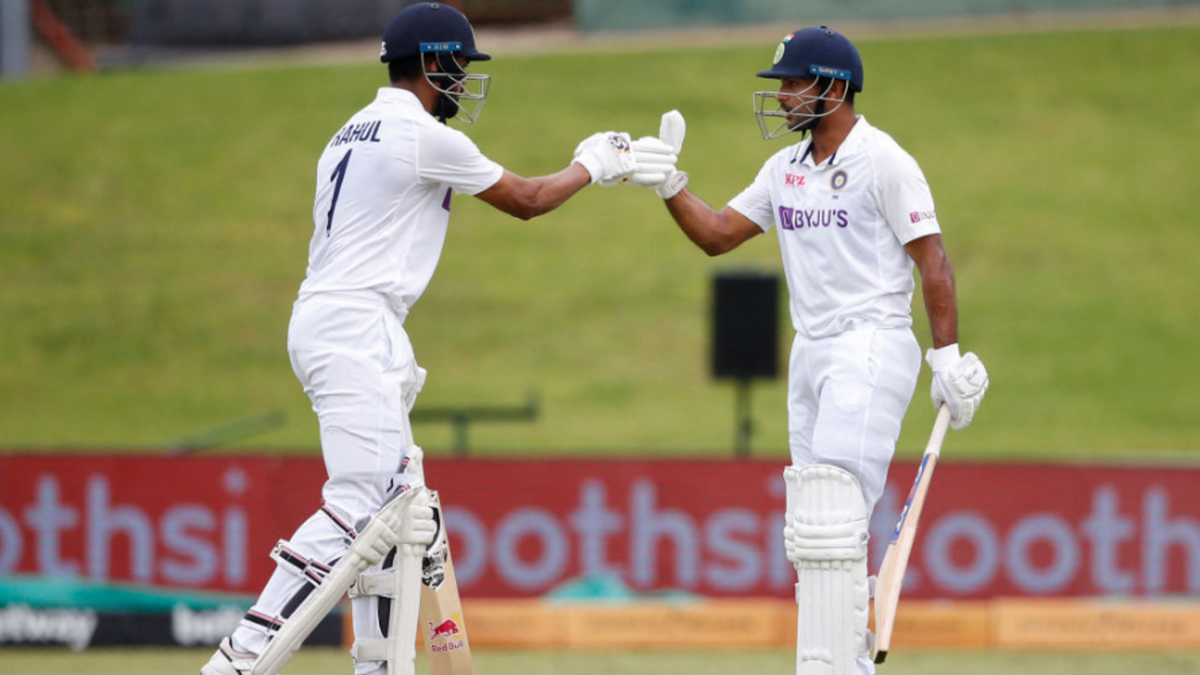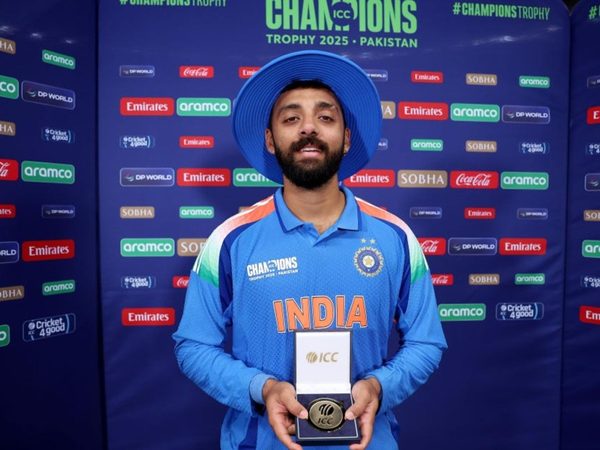
The 117 runs added for the first wicket by KL Rahul and Mayank Agarwal was only the third time that an India opening pair had put up a hundred plus partnership in South Africa, but in a bigger context, it also served yet another reminder of India’s growing depth at the top of the order.
This was the seventh 50-plus partnership for an India opening pair this year – India’s had challenging away tours in the form of Australia, England, and now South Africa. This has been an exceptional year for the India openers, and it has clearly helped India put their best foot forward in trying conditions. To put things in context, this year’s return equals the number of 50-plus partnership India had over the last ten years (2011-2020) in SENA (South Africa, England, New Zealand and Australia) countries.
What works in India’s favour is that they had four openers contributing in various capacities to not only blunt the new ball, but also score important runs away from home. The best bit for them has been that the reserve openers have always seemed battle-ready.
It isn’t then a surprise that the highest run-getter for India this year is Rohit Sharma (906 runs @ 47.68), who at different times partnered Rahul and Shubman Gill to give India strong starts against England and Australia. Rahul and Agarwal, India’s heroes on Boxing Day, missed Tests in the early half of the year (often to the benefit of the other), but average 54.62* and 49.85 in 2021. Gill’s average might have tailed off a bit, but he has impressed in his first year as a Test cricketer, scoring an impressive 91 in the historic Gabba win.
These opening riches are in stark contrast to their struggles over the last decade or so. Between 2011-2020 India shuffled between ageing openers, raw talent, and senior top-order options to cope in SENA countries, generally with minimal success. Senior players like Virender Sehwag (average of 18.78 as an opener in SENA countries in this period), and Gautam Gambhir (25.29 in SENA in this period) failed, while there were those like Murali Vijay, who showed promise (1,257 runs in SENA as an opener) but failed to repeat the same in their later tours (average of 31.42).
The struggle of India’s openers meant greater pressure on the Indian middle-order. Barring the 2018/19 tour of Australia, where their bowlers and Cheteshwar Pujara had a big role to play, India failed to win any series in SENA countries in this period. Things changed in that very tour, with the debut of Mayank Agarwal – and the Karnataka batter impressed with a combined 118 runs in a winning cause. Another important moment was the call taken in 2019: to get Rohit Sharma to open in Tests, which has paid huge dividends for India.
Finally, this year saw KL Rahul elevate his Test game to another level. But the list doesn’t end there. Beyond Gill, India also have solid back-ups in Priyank Panchal, a part of India’s squad for this tour, and Prithvi Shaw, who was in fine nick in domestic cricket earlier this year, and is a massive talent and a serious option for the future.
India’s solidity at the top has ensured that the extended poor run of their middle order batters this year hasn’t had much of an impact on their results away from home. Along with their newfound pace supremacy, the riches in their opening department have paved the way for some memorable overseas wins in 2021.
Multiple solid opening options can not only assist in India’s continued dominance both at home and away, but also provide them with solutions to their middle-order woes in the near future, given that someone like Agarwal has already been tried in the middle-order. Thus India can ensure that this ‘problem’ of plenty can provide them with options to strengthen their batting line-up.








